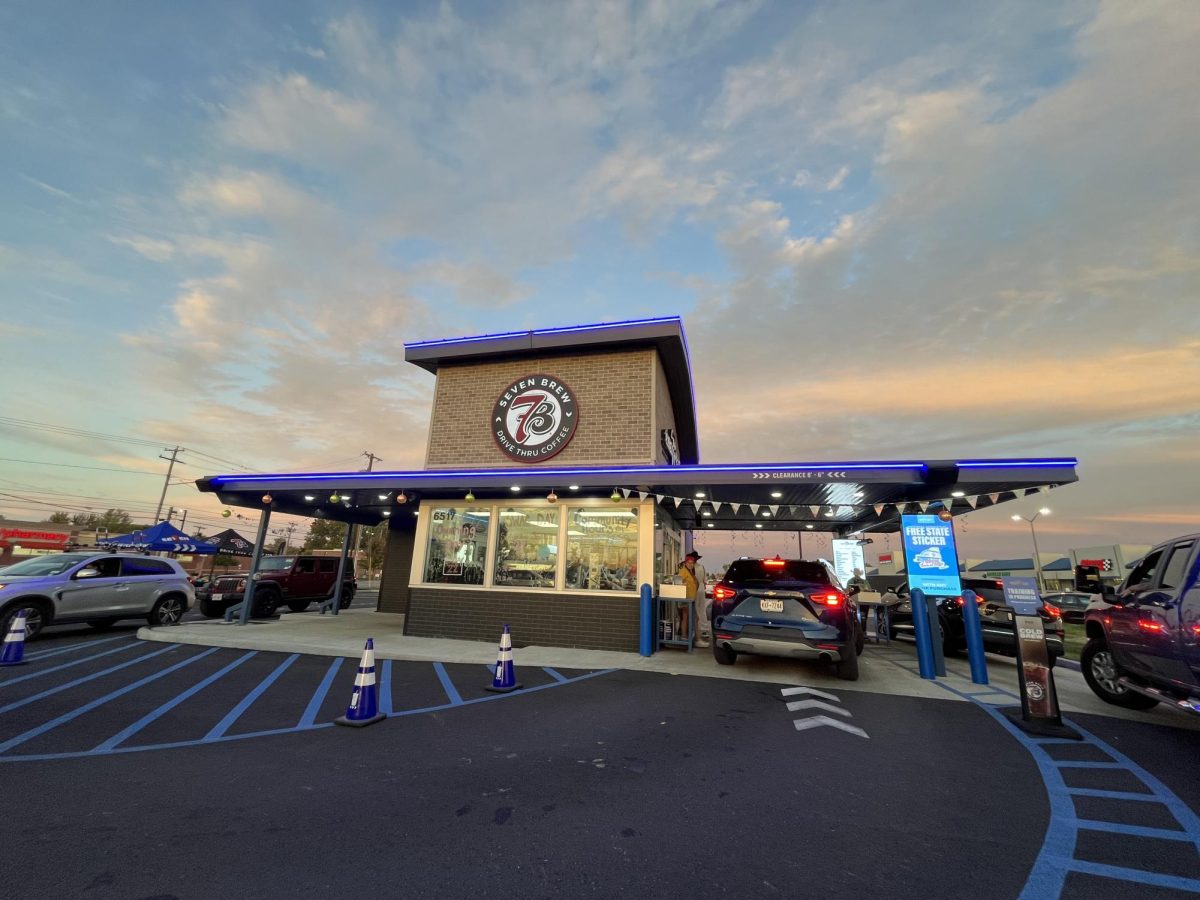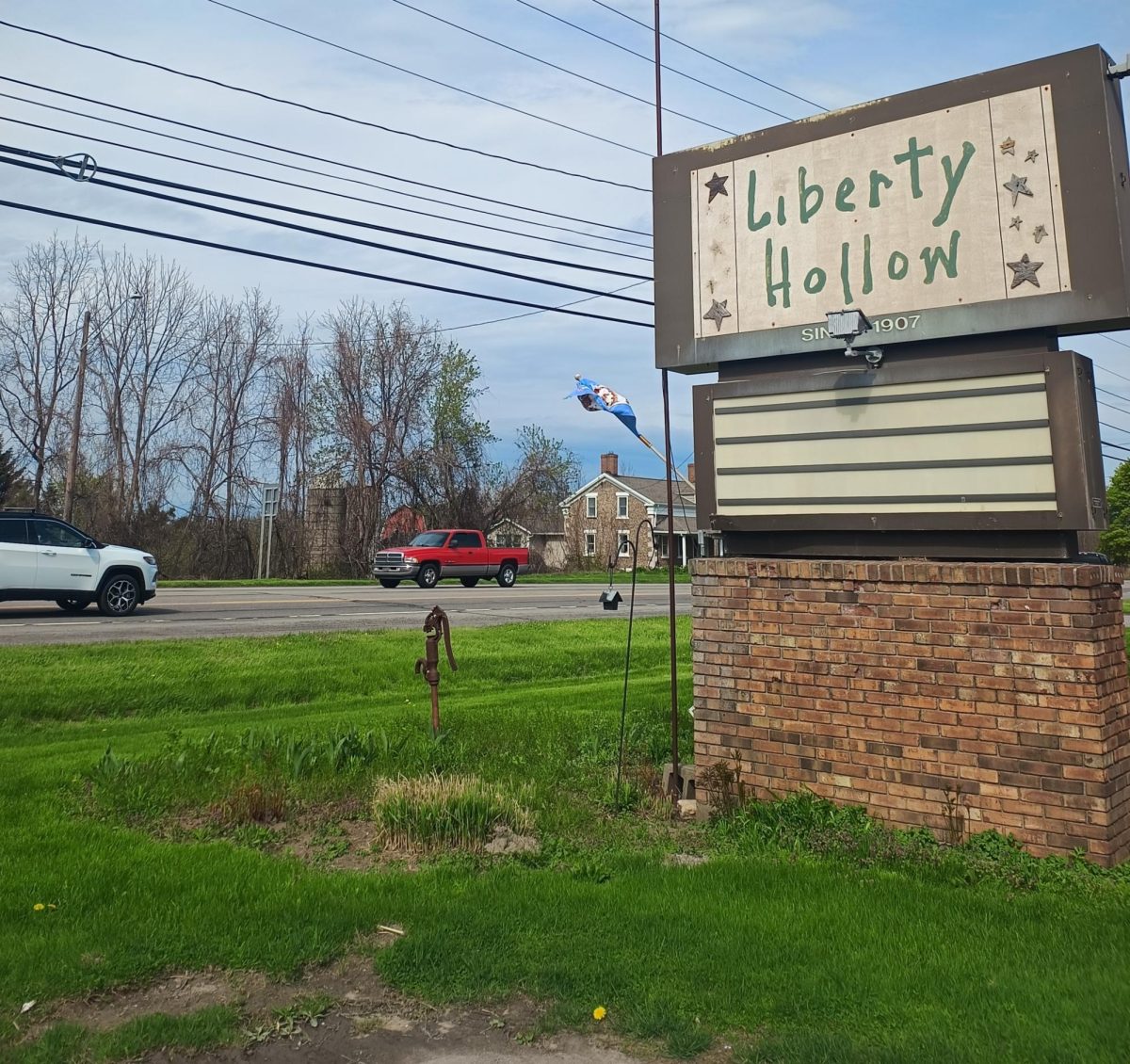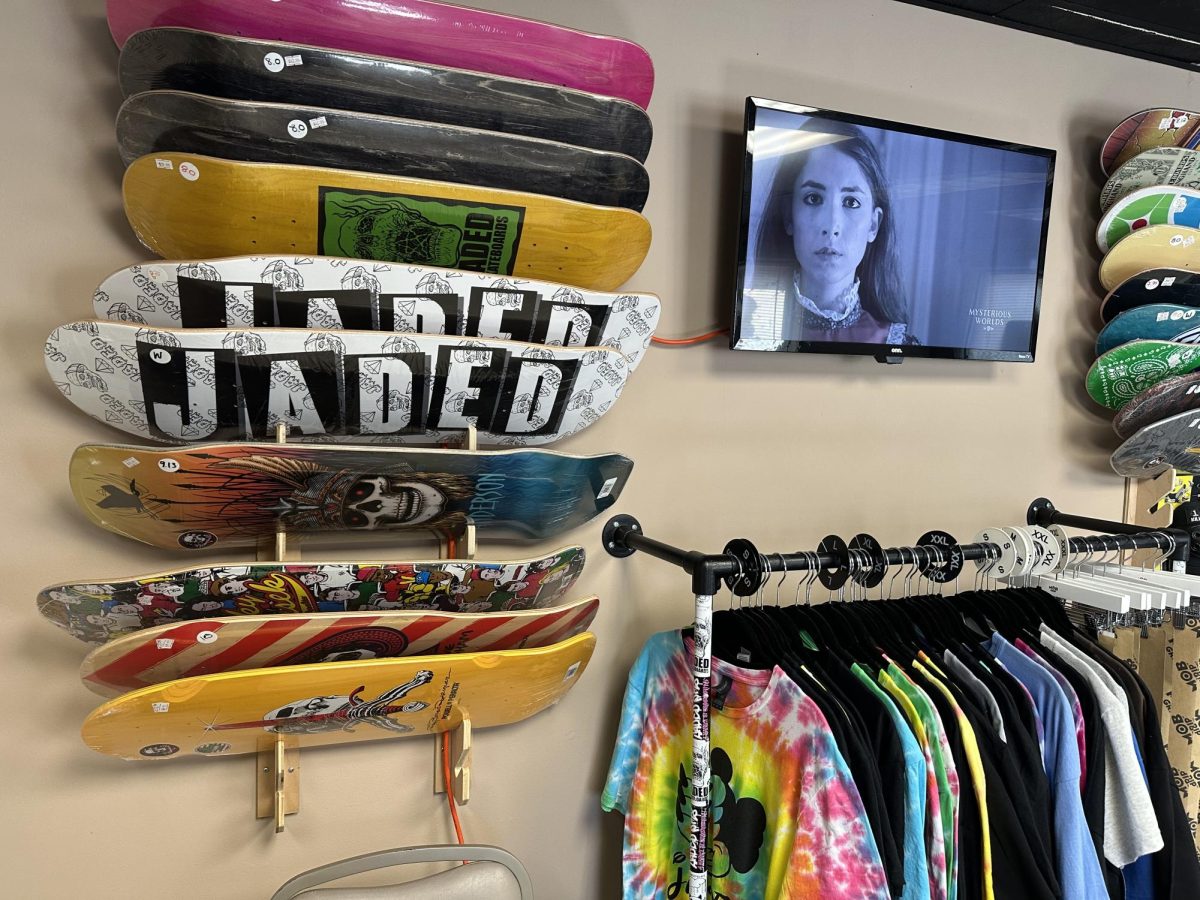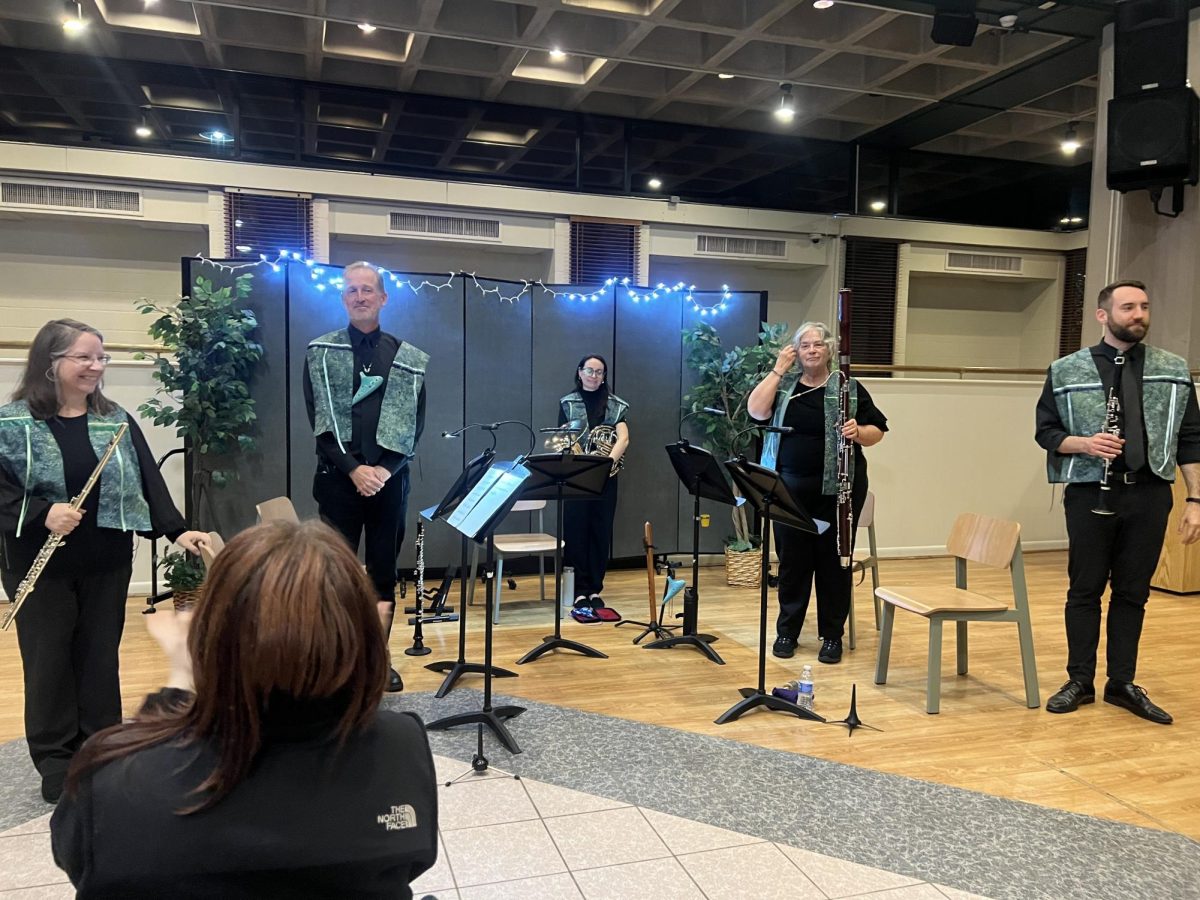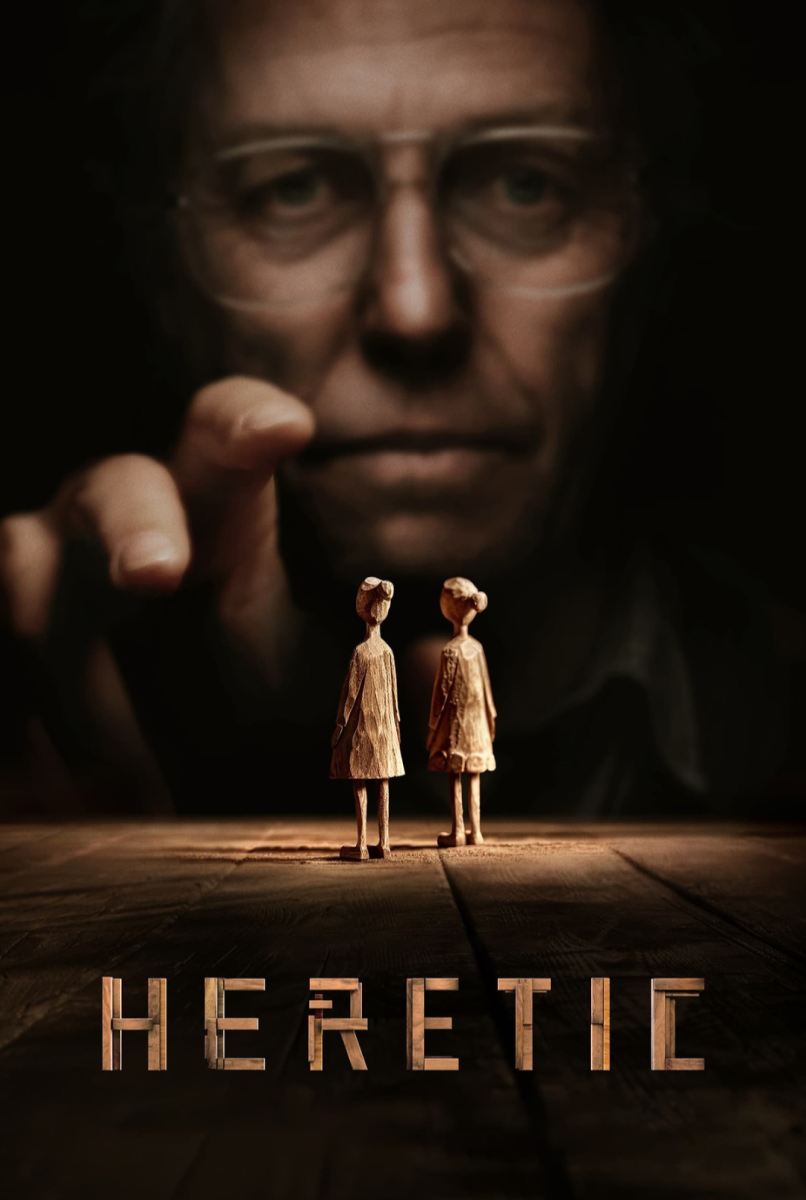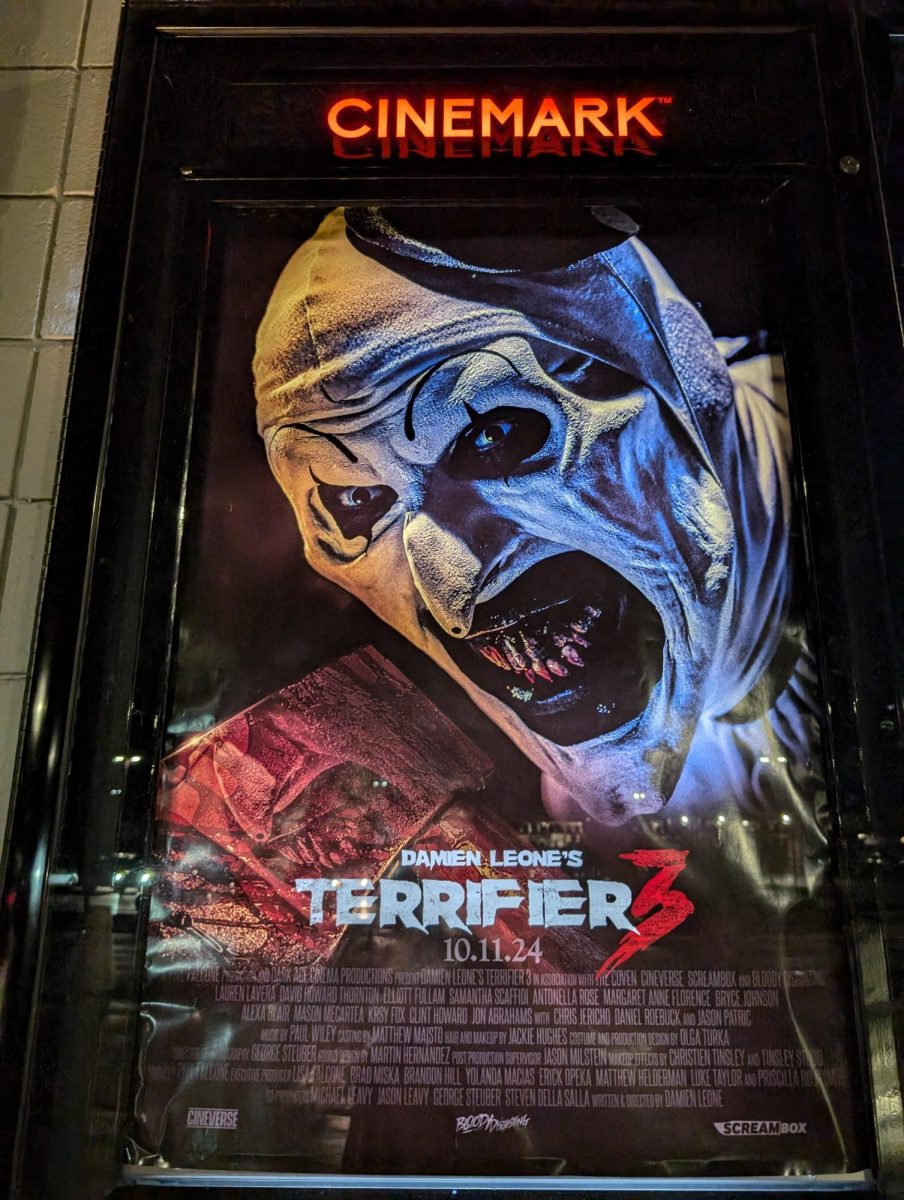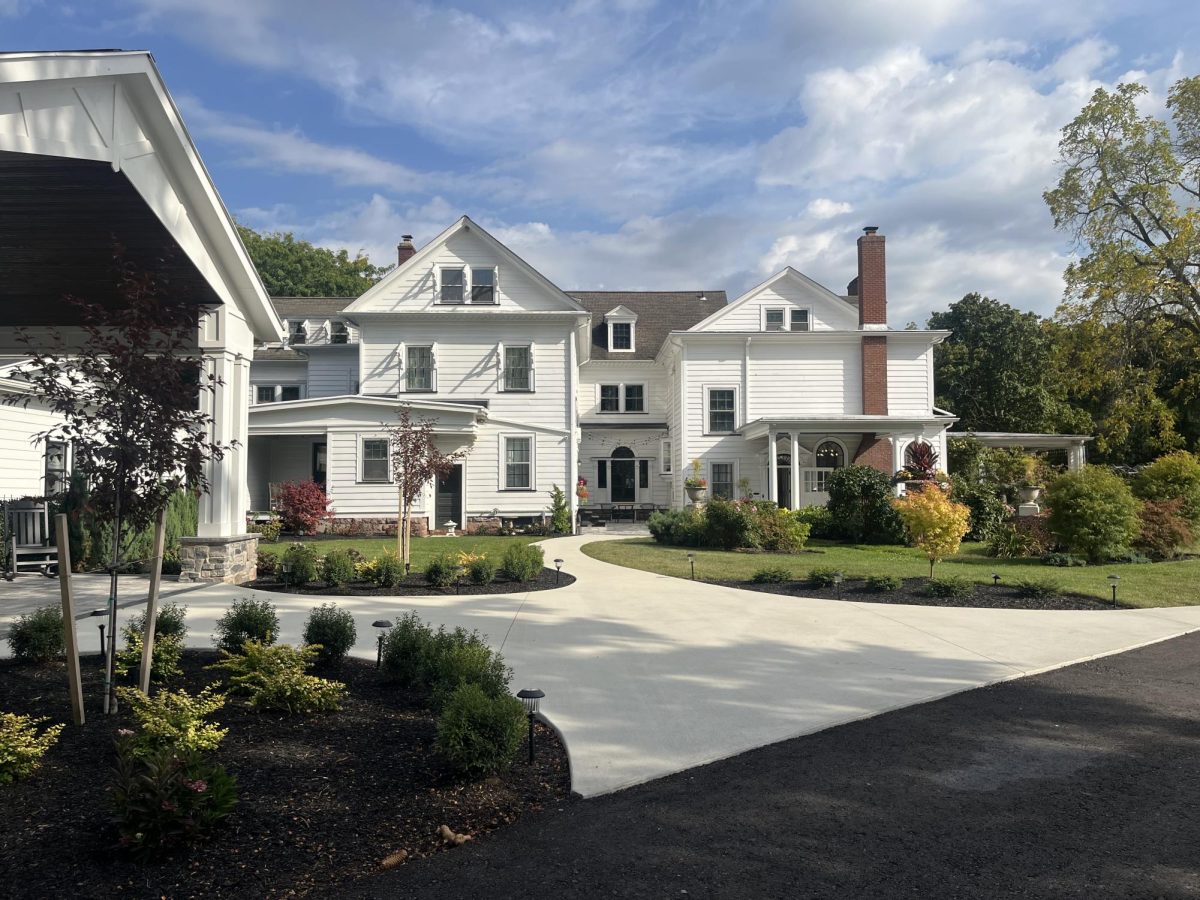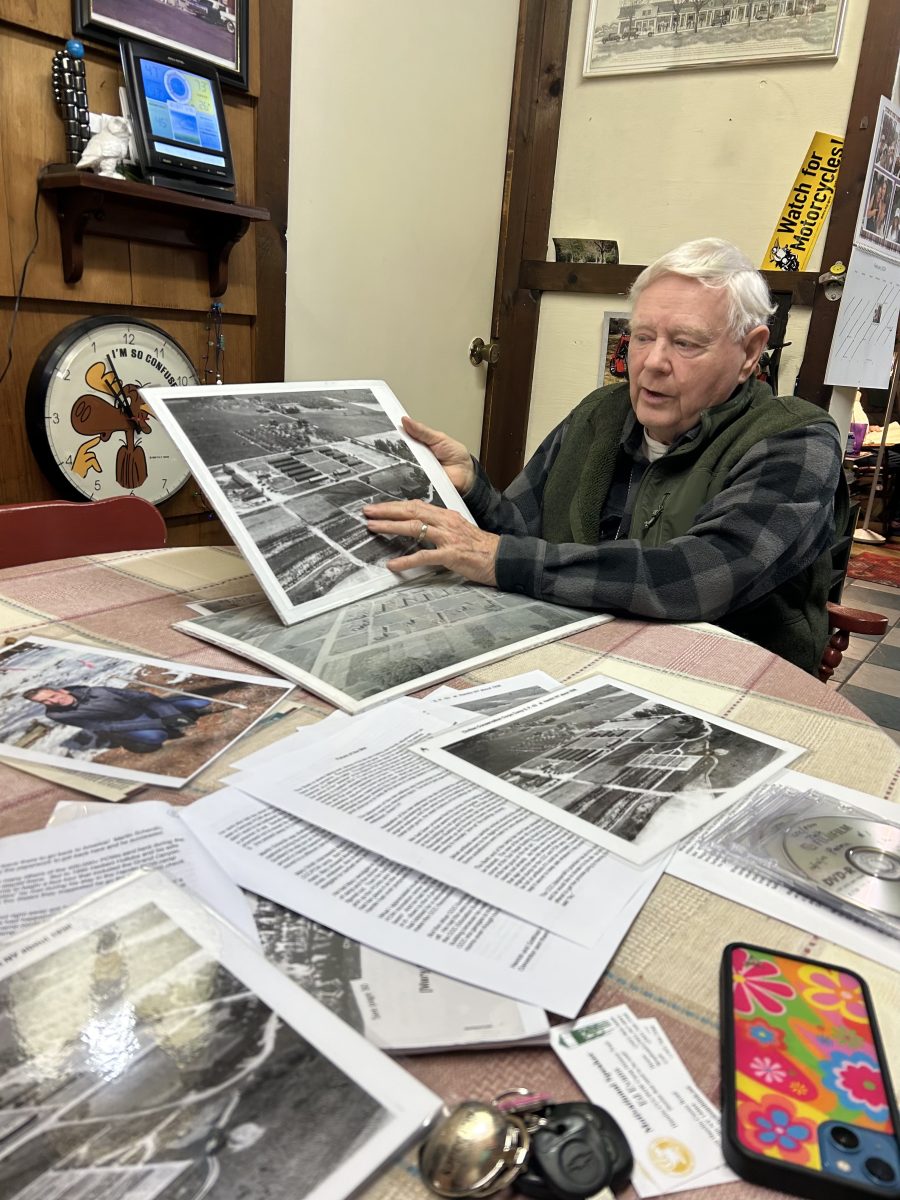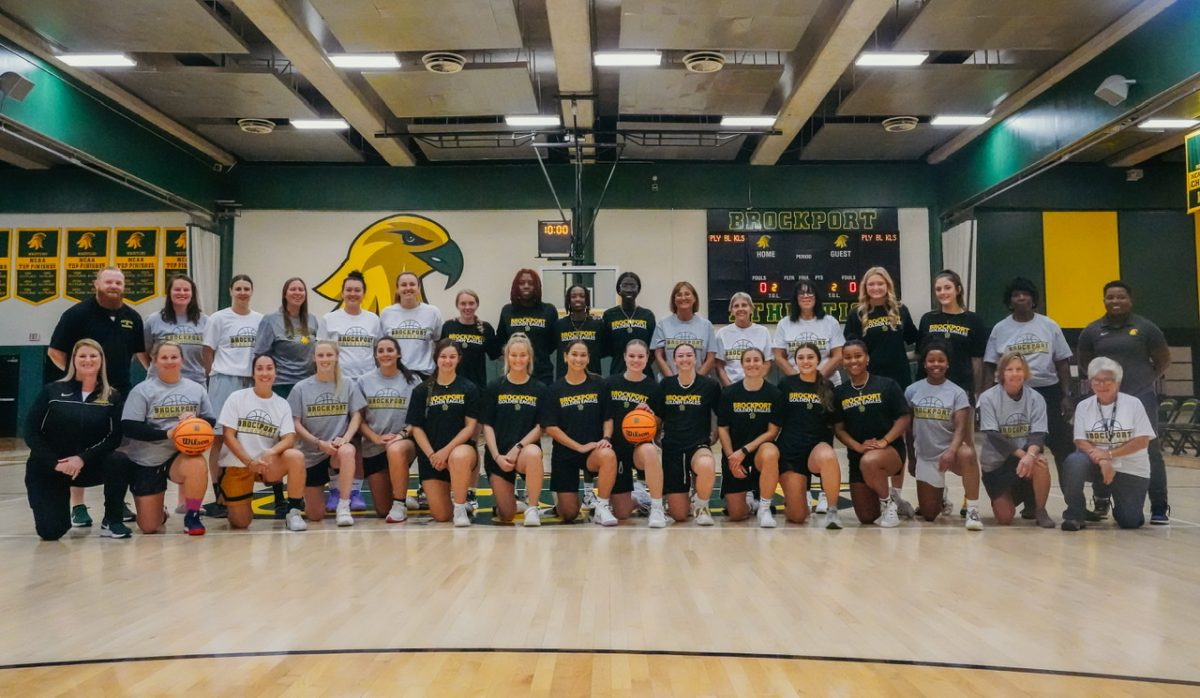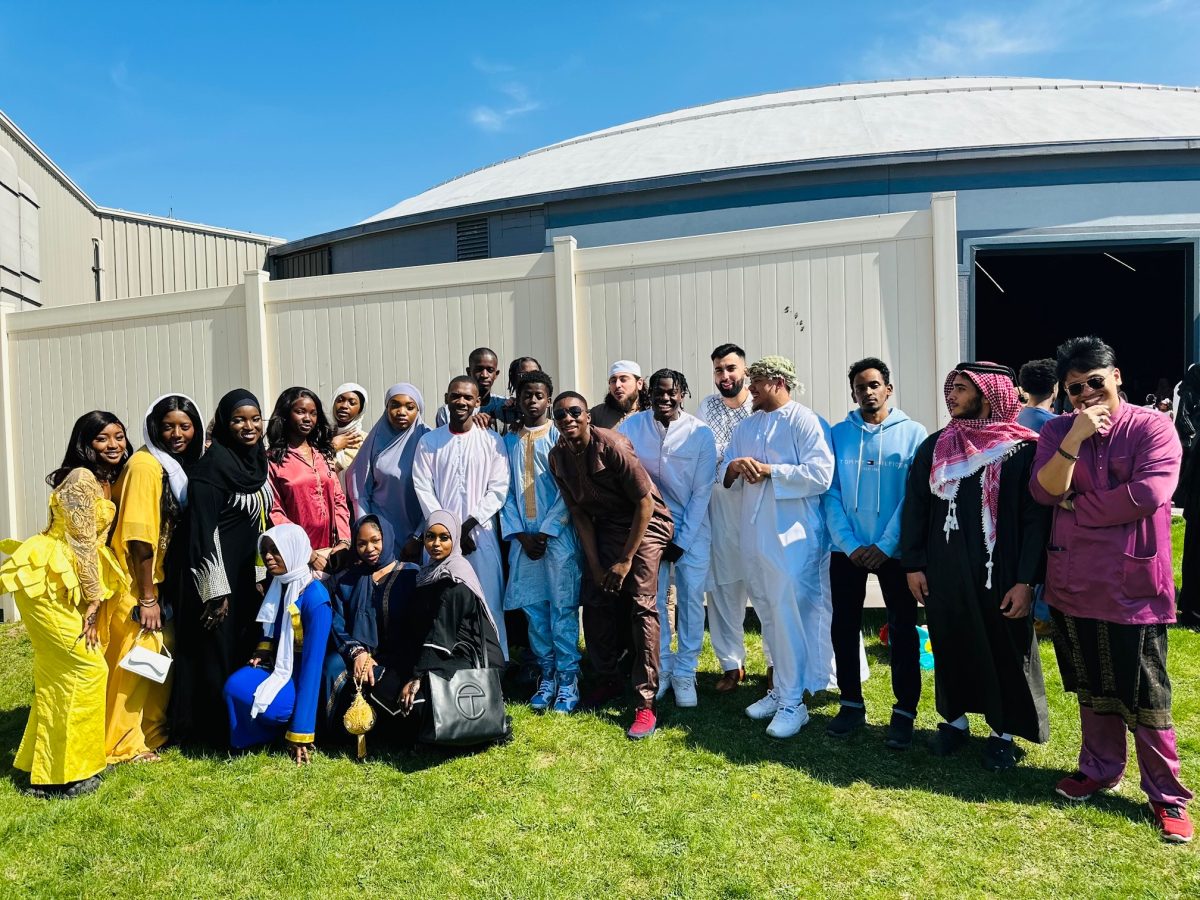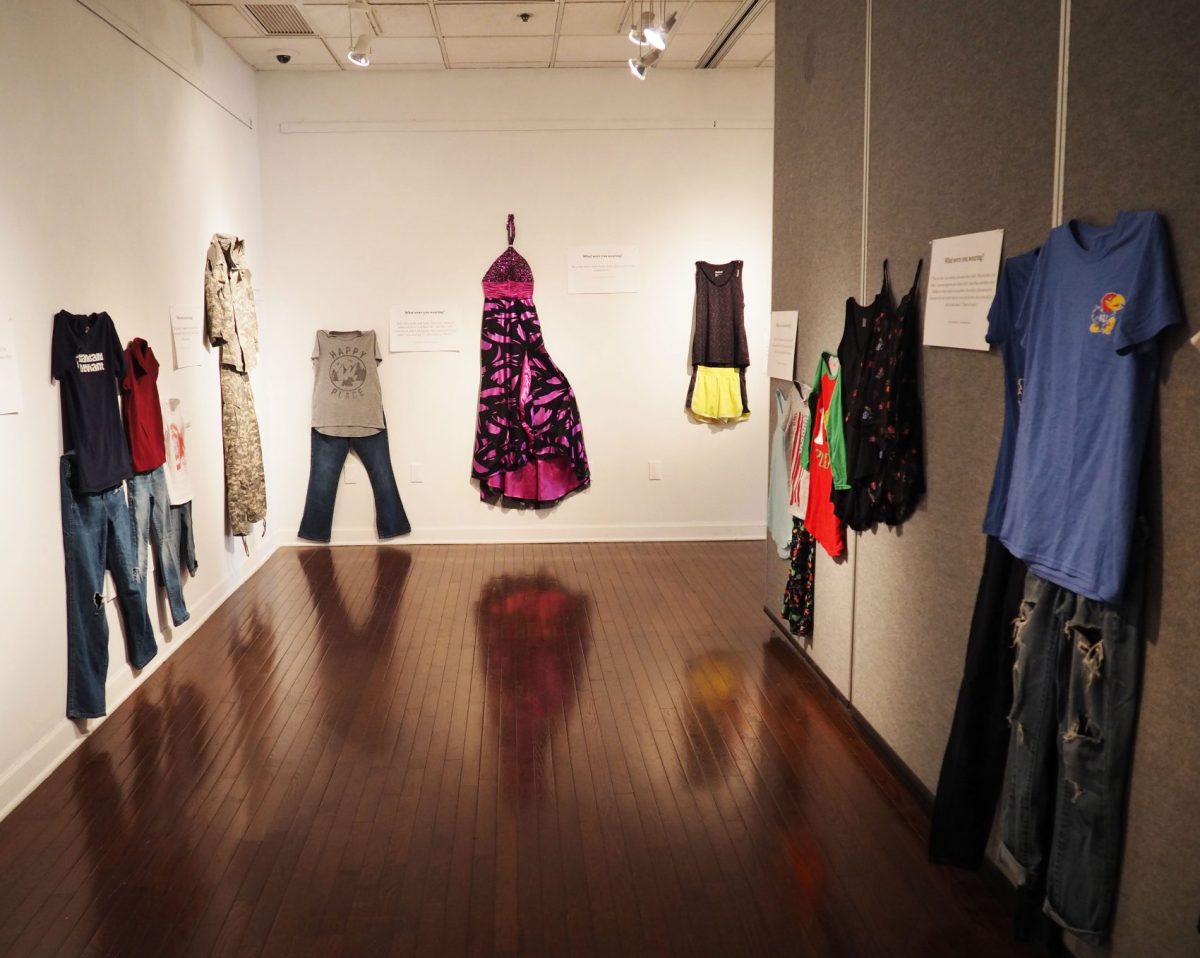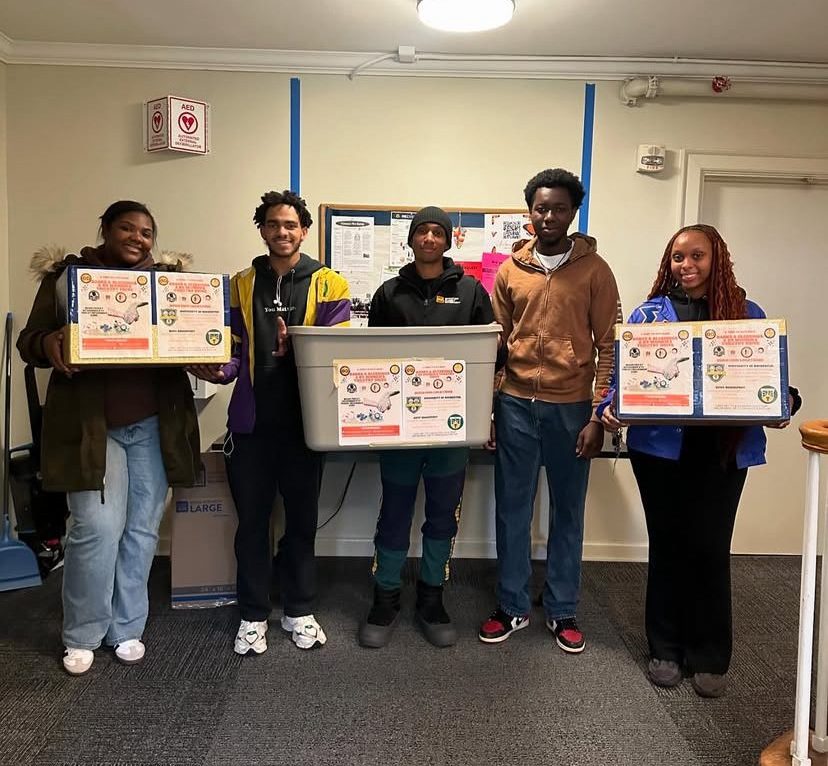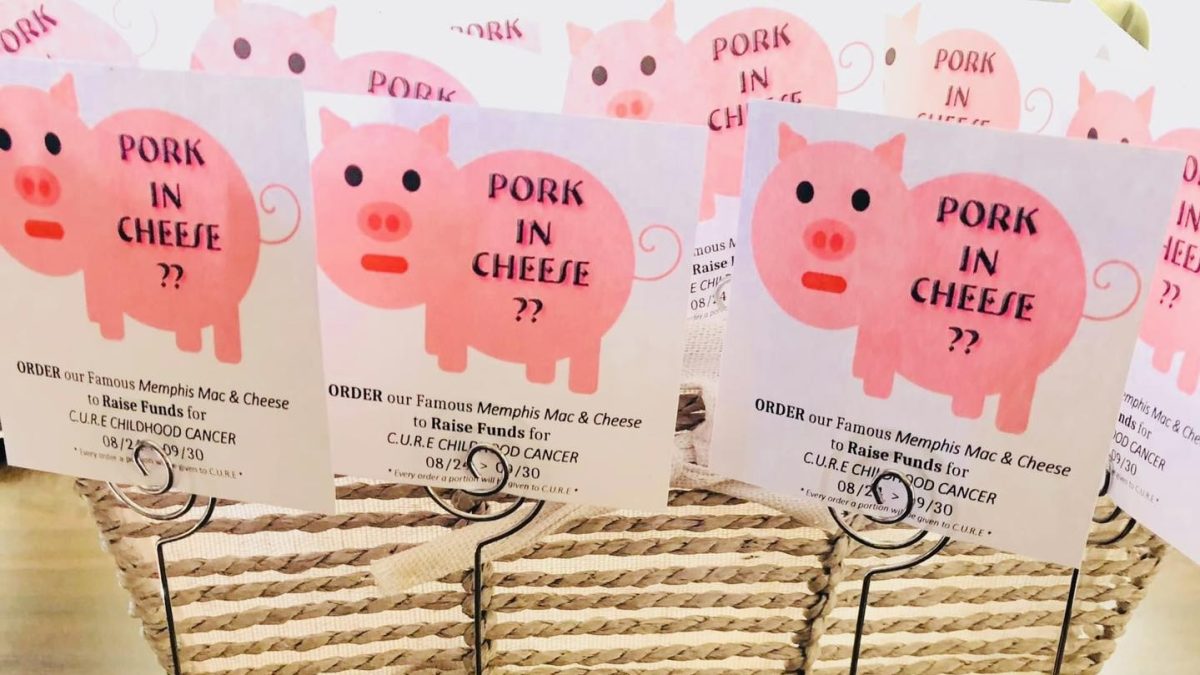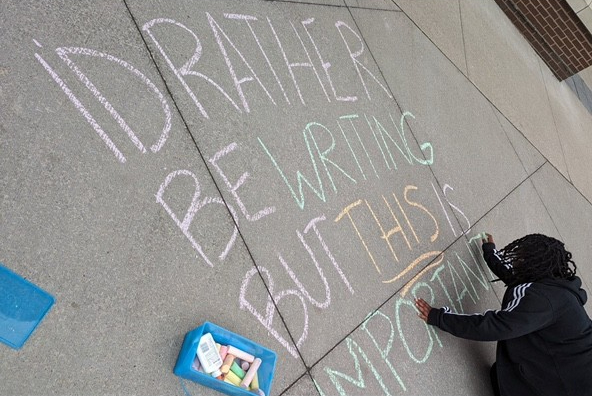A custom constellation projected into the galaxy, AI that creates a playlist just for you, a video game that no one has ever played before. There is only one place where you can find all of these: Imagine RIT: Creativity and Innovation Festival.
The Rochester Institute of Technology (RIT) has held this one-of-a-kind event since 2008, drawing in thousands of visitors each spring. Students unveil unique projects at exhibits scattered across the campus, each an exotic blend of technology and creativity.
RIT student Sedrick Thomas presented MusicGPT at this year’s festival a project that fused artificial intelligence (AI) and music.
“MusicGPT is basically ChatGPT for music. It’s a way for you to automate your Spotify workflows. You give it a prompt like, ‘give me a playlist that’s a mix between R&B and soul’ and it’ll create that playlist for you,” Thomas said, “Or let’s say, ‘Make me a playlist for a rainy day.’, so you just give it a set of descriptors and it just creates that.”
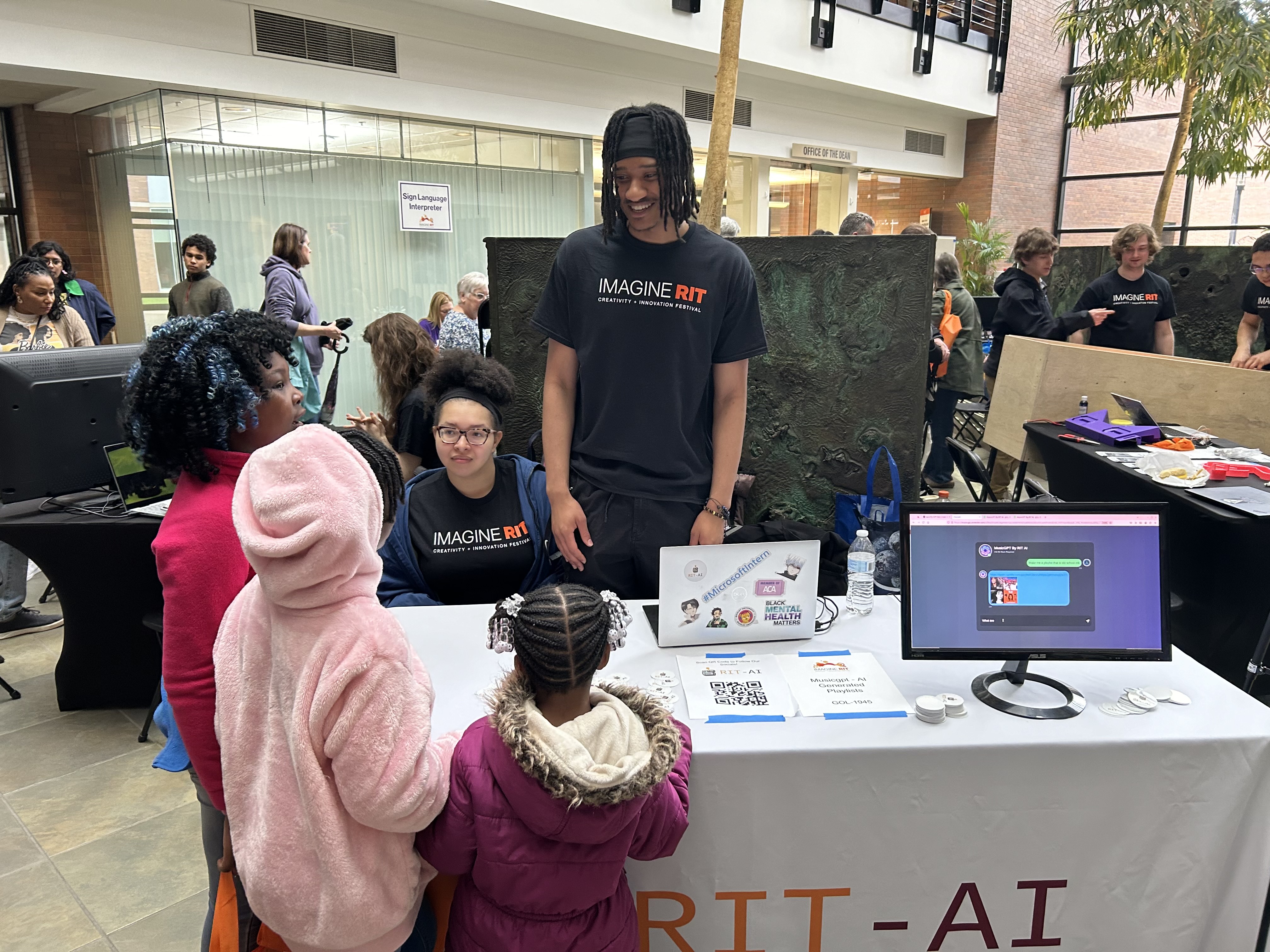
Thomas majors in management information systems and explained the complicated inner workings of MusicGPT. The application used prompt engineering similarly to ChatGPT and Spotify’s application programming interface (API).
“It’s basically a prompt engineering application. So as soon as someone enters that prompt into our chatbot, it’s getting sent to my program. And my program is basically doing some prompt engineering behind the scenes that give it a really good output,” said Thomas. “Once I get that really good output in the way I want it, it’s going to send it to the Spotify API and it’s going to create that playlist for the user.”
The Spotify API allows programs to retrieve and regulate Spotify data. By manipulating this data and utilizing the abilities of large language models (LLMs), Thomas created MusicGPT.
Since its release in 2022, ChatGPT has raised concerns for the spread of misinformation, plagiarism and posing risks to user privacy. Thomas says one of his goals with MusicGPT was to reinvent how ChatGPT can be used.
“I wanted to make a presentation on a topic that was relevant, like ChatGPT for things not just related to getting answers for a test using ChatGPT or using it to write an essay. I wanted to see what other capabilities we can use it for,” Thomas said. “And one of my passions is music so I thought, ‘Okay, how can I intertwine music and ChatGPT?’ and then I thought, ‘Okay, we can prompt ChatGPT to ask for song recommendations or playlist recommendations.”

The creativity of MusicGPT extends to its users, giving them the opportunity to be equally creative with their prompts and maximizing the user experience. Thomas says that was one of his favorite aspects of MusicGPT.
“I really liked in terms of the creativity of the prompts people are using. People sometimes use 10 or 11 different descriptors, so I’m always curious what output you get back. Because with large language models, you never know what response you’ll get back from them. That’s the most fun part of it,” Thomas said.
Thomas worked on and completed MusicGPT independently. Each bug, glitch and kink were his responsibility to troubleshoot. His troubleshooting skills were put to the test the day of Imagine RIT when MusicGPT malfunctioned.
“The app was still in beta, so there were some little nuts and bolts that weren’t screwed on properly, so I had to fix it live during Imagine RIT. Which was funny because that app wasn’t working for a good 30 minutes to an hour at Imagine RIT and I was like, ‘Okay, what happened?’” Thomas said, “I had to go into the site I’m using to host it to look at my credentials, and it turns out I was running a version of my application that wasn’t working. So, I had to basically redeploy it live during Imagine RIT. But it worked after I redeployed it, which was good.”
Though thousands of people flood RIT’s campus the day of the festival to visit each exhibit, Thomas said he was surprised to see how many people were interested in MusicGPT.
“With beta apps using the Spotify API you’re limited to 25 users, so when I capped out at 25, I was pretty satisfied. I didn’t expect a lot of people to sign up for the beta because it was more like a demo on my screen, I was just showing them how it works. I wasn’t advertising, ‘Hey, you can access this!, then I had people like ‘Hey, can I check this out on the web?’ and I’m like “Sure, why not?’” Thomas said.
As the Vice President of RIT’s AI club, Thomas is well-aware of the controversy surrounding ChatGPT, but he emphasized the importance of acknowledging its usefulness.
“We have to think of ChatGPT more as like a tool than an entity that’s trying to steal our jobs. It’s scary, too, even me I’m a software engineer so I’m scared too that a system like ChatGPT is going to steal my job and put me out of work. But at the same time, I’ve got to think about how I can take advantage of ChatGPT to accelerate my workflow, so I don’t fall behind,” Thomas said. “And I feel like a lot of people should think about that in their own individual industry. How they can use that tool to accelerate their workflow, how can they get work done faster and how to keep up with the pace of AI because AI is here whether we like it or not.”
Long before he was a student at RIT, Thomas was one of the many visiting the festival. It was at Imagine RIT that Thomas found his passion for technology and became interested in attending RIT.
“I always loved Imagine RIT. I grew up in Rochester, so going to Imagine RIT every year when I was like 13, you could always find me observing and listening. I was really listening to these people. I’m like ‘this feels like magic’. Now being a part of this magic is even crazier.” Thomas said.

With over 400 exhibits at Imagine RIT this year, a wide variety of technological innovations are presented. To those attending next year’s festival, Thomas says it’s important to keep an open mind and embrace the brilliance behind each innovation.
“You never know what you’re going to get, and that’s the thing. Because when you come to RIT, there’s new technology each year, there’s new people each year. So, I would say give it a chance,” said Thomas. “Even me, I was hesitant, I didn’t want to go my first time. I was 10 or 11 and I was like ‘I don’t want to go, it’s probably boring.’ And then I went there, and I was totally mesmerized, I’m like ‘Oh this is so cool’.”
Game design and development major at RIT Amelia Caird worked with a team of developers to create Bait and Tackle, a 2D action videogame.

“At its core, Bait and Tackle is a 2D boss rush designed around fishing mini games and then it also incorporates elements of a platformer and collect-a-thon,” Caird said.
The objective of a platformer is for the player to move the character between points in an environment. Players navigate obstacles, collect points and defeat enemies. In a collect-a-thon, the objective is for the player to collect many items to progress through the game.
The development team of Bait and Tackle first got the idea for the game from their team’s name, Bass Pro Shops. The team then decided to fulfill their promise of their name by creating a fish-themed video game. From there, the genre and gaming style was decided.
“It started because we were like, ‘Everyone loves fishing minigames no matter what the game is, so let’s start with that and go from there.’ There was a moment when it was going to be some sort of fish dating simulator,” said Caird. “You know how guys on Tinder are always holding the fish up? That was kind of an idea that was thrown around. But we eventually landed on Bait and Tackle, which is definitely different from a dating sim [simulator], but it still involves fish.”

Of Bait and Tackle’s seven developers, Caird assumed the role of art director and explained some of her responsibilities.
“I do mainly level design and UI/UX. So, I focus on onboarding the player mainly. When I started that I was like ‘oh, I’ll do this for a little bit and then I’ll move on’ but it continues to have to update as we add new mechanics and things, so that’s been my main focus,” Caird said.
Though the festival has passed, Bait and Tackle is still reeling in some big plans. Caird explained that development will continue over this summer, the game’s grapple mechanic one of the persistent issues being addressed.
“The game has a grapple mechanic; you use the fishing hook as a grappling hook. And getting that to feel good is still an ongoing process because you want it to be able to be used as a fishing rod to catch fish but also grapple to different things. Those things feel very different, so making them both feel good was pretty difficult,” Caird said.
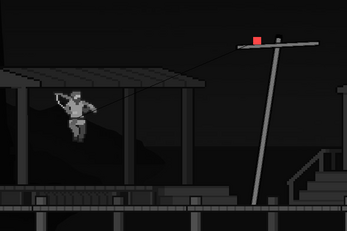
Bait and Tackle is an original game, though Caird says that the atmosphere and certain mechanics were inspired by other popular games.
“For the fishing minigame itself, we took inspiration from Dredge and Stardew Valley. As far as the fighting mechanics, I honestly don’t remember because I don’t play those games specifically. But I think Hollow Knight was one of the inspirations,” said Caird.
One of Caird’s responsibilities as art director was to work with artists who created art for the game and embed the art into the game. But Caird explained that one of her favorite things about Bait and Tackle turned out to be the lack of art.
“The fish that we have in the game are just kind of crunchy PNGs of fish and that started out as programmer art, and we intended to have that swapped over once we got an artist. But everyone at the first playtest we had with that [art] enjoyed it so much that it’s become just part of the game,” said Caird. “And we want to continue leading into that, so I think that’s one of my favorite parts of the game, just how silly it is. It doesn’t acknowledge that the game is silly, but the game itself almost feels serious, but it has all this silliness in it which is fun.”

Though not everyone has an interest in video games, Caird says that the celebration of creativity at Imagine RIT is what makes the event so special.
“There’s definitely a little bit of everything for everyone. My family came up, and my grandma who has like no interest in any type of video game was really enjoying seeing all the creativity that goes into it, as well as the interactivity of it,” Caird said.
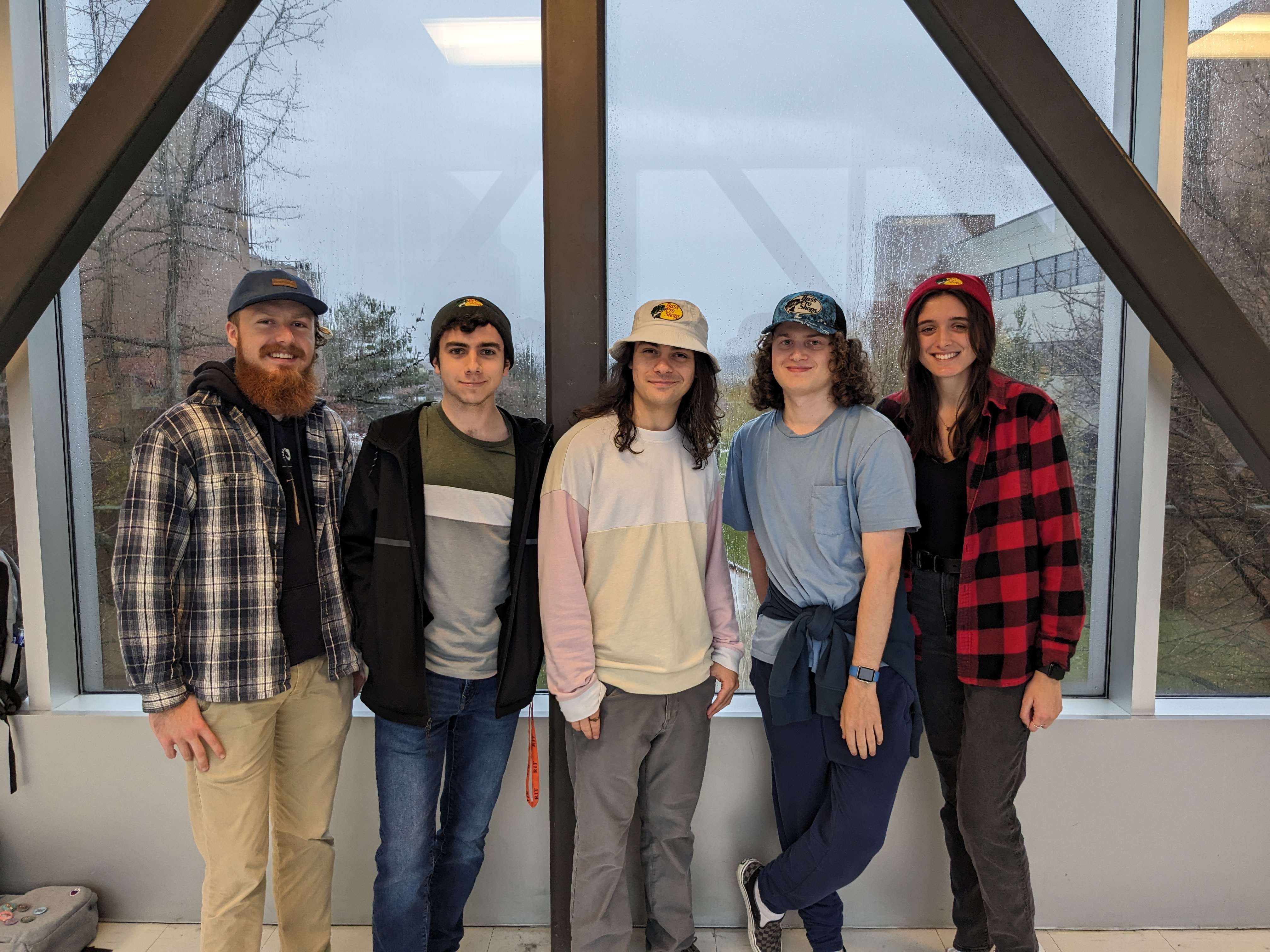
RIT new media design media design major Julia Tenney created Constellation Cove, an interactive experience where users create their own constellations.
“We wanted to have an interactive installation where users could pick up our stars that we 3D printed, and we wanted to have a user output that was generated. So, that was the planet that their constellation matched the best,” Tenney said. “So, based on the colors and amount of stars they chose, and put on the console, a constellation would be generated, and it would be navigating towards one of our five planets that corresponded to the stars.”
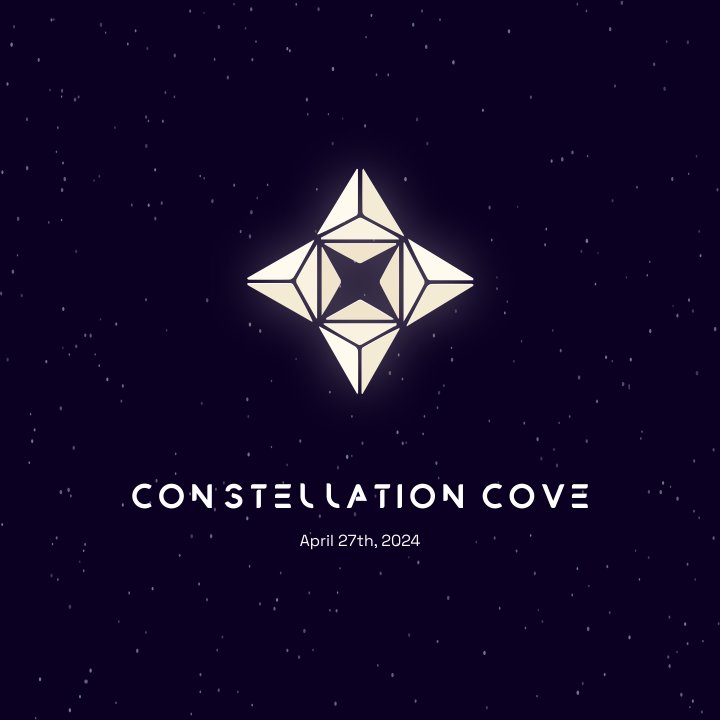
Tenney worked with a team of nine other students on Constellation Cove, development starting in January and continuing throughout the spring semester.
“I like the representation of using the Harry Potter houses. Instead of that, you go to the Red Giant, the Blue Giant, the Yellow Dwarf. There’s more information on our website about the different types,” said Tenney. “Based on that, when the users leave, they can get an info card about a real planet that exists out in the atmosphere, so you add an educational piece to it.”
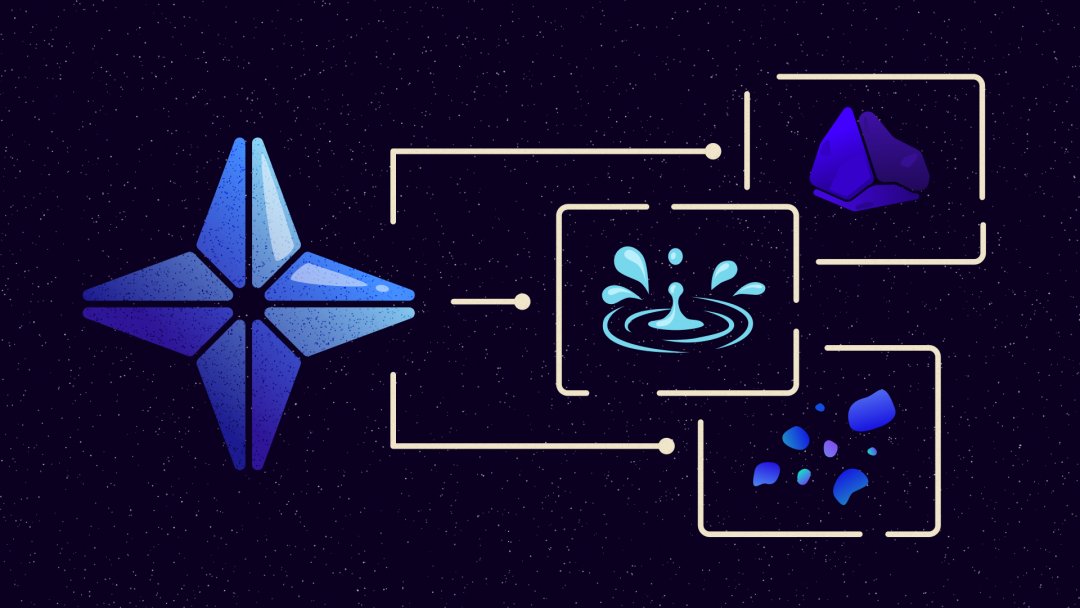
The team’s roles ranged from set design lead to developer to UI/UX lead, with Tenney taking on the role of project manager. Her responsibilities consisted of assigning tasks, budgeting and keeping the team organized.
“We had a development lead and a design lead, and they oversaw the projects going on in their teams, and I oversaw in totality. And then we had our marketing and set design, which I was in charge of ordering all the products, keeping charge of budgeting, logistic things like that. On top of that I was in charge of meeting times, where we were meeting, and then debriefing sessions,” Tenney said.
With roles assigned, the next stage of development for Constellation Cove was choosing a target audience. Imagine RIT encourages the attendance of children, so the team decided they were going to target their project to a younger audience.

“When we were coming up with different ideas and different topics, we wanted to do something that was attractive for kids. And as a child, you think about outer space and planets and stars, and I think that was really cool for us. And we knew that we wanted to have a lot of lights and have it be dark in our room at the exhibit,” said Tenney. “We tossed around ideas of an aquarium, an ocean theme; we definitely wanted to keep it educational. I think we gravitated towards that because there’s a lot to learn about [in] space, especially young kids learning about stuff like that.”
Constellation Cove is made up of several elements, from 3D printed stars to galaxy projections, but Tenney said that her favorite feature was the star wall.
“Upon entering the room, the user would watch our onboarding video, just a little bit of background on how the process worked, how Constellation Cove worked. And then they would go up to the star wall and we had censors using our geoboards in front of each of the different types of stars; there’s five different types of stars,” Tenney said. “Behind each star we projected our animations based on that star type. Whenever they [the users] walked in front of that animation the animation would play. Which I thought was super cool, [it was] another element of interactivity.”
Tenney explained the moment she felt that all their hard work had finally paid off was when the exhibit was flooded with children enjoying Constellation Cove.
“When I saw all these little kids running up and grabbing all these stars in their hands and putting them on the console, and then they stood there waiting to see what color planet [they got] was really cool to me,” said Tenney. “You could tell they really enjoyed it. On their way out they got a little token, or a sticker based on the planet that their constellation gravitated towards, it was really wholesome to see.”

Though the 3D printed stars of Constellation Cove have been packed away, the playlists made by MusicGPT turned off and the fisherman’s journey in Bait and Tackle paused, the festival will be back. Next year’s Imagine RIT: Creativity and Innovation festival will be held on April 26, with hundreds more unique exhibits and bright students eager to share their work with you.

